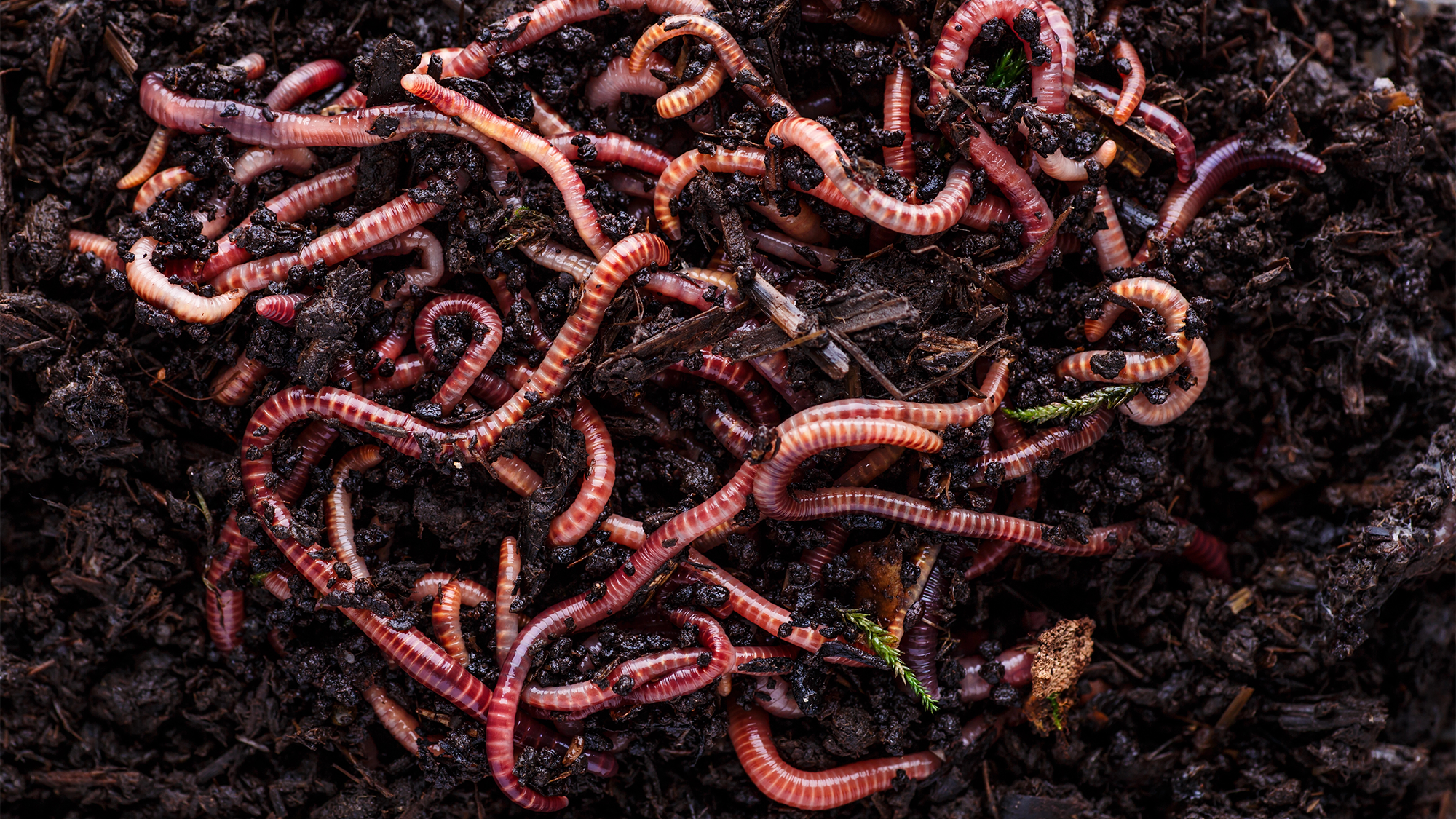

There’s a pretty secret soil “rave” going on just underneath your feet. Healthy soil creates a din of sound that human ears can’t really pick up, but actually exist. Ecologists at Flinders University in Australia and the Chinese Academy of Sciences recently listened in on this phenomenon and made special recordings of the clicks and bubble pops in the soil.
This chaotic blend of soundscapes can be a way to measure what types of living things are living in the soil. It appears that the complexity and diversity of the sounds the team picked up are associated with the presence of more soil invertebrates including spiders, earthworms, beetles, and ants. In turn, this appears to be a clear indication of the soil’s health. The recordings and findings are detailed in a study published August 16 in the Journal of Applied Ecology.

While soil degradation is a natural process, roughly 75 percent of the world’s soils are considered degraded, according to estimates from the United Nations. Human activity including overfarming and intensive agriculture, deforestation, forest fires, and construction work can speed up this process. All of these activities leave the soil more vulnerable to erosion from wind and water, which can then damage the complex ecosystems underground.
It takes hundreds of thousands of years to form one single inch of topsoil, so regeneration can take an incredibly long time. According to the team, the diverse community of species living underground face a dire and uncertain future without restoration.
[Related: The ingredients for a tastier, stronger tea could be in the soil.]
“Restoring and monitoring soil biodiversity has never been more important,” Flinders University microbial ecologist Jake Robinson said in a statement. “Although still in its early stages, ‘eco-acoustics’ is emerging as a promising tool to detect and monitor soil biodiversity and has now been used in Australian bushland and other ecosystems in the UK.”
This new study aims to investigate the hidden ecosystems where close to 60 percent of the Earth’s species live by recording the sounds they make. The team compared the results from acoustic monitoring of remnant vegetation–the remaining patches of native trees, shrubs, and grasses in urban areas–to degraded plots and land that was revegetated in 2009.

The passive acoustic monitoring measured the soil biodiversity over five days in the Mount Bold region in the Adelaide Hills in South Australia. The team also used a below-ground sound sampling device and a sound attenuation chamber to record the soil invertebrate communities which they counted manually.
[Related: Dying plants are ‘screaming’ at you.]
“The acoustic complexity and diversity are significantly higher in revegetated and remnant plots than in cleared plots, both in-situ and in sound attenuation chambers,” explained Robinson. “This technology holds promise in addressing the global need for more effective soil biodiversity monitoring methods to protect our planet’s most diverse ecosystems.”
